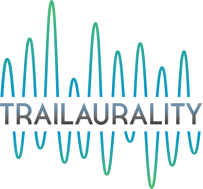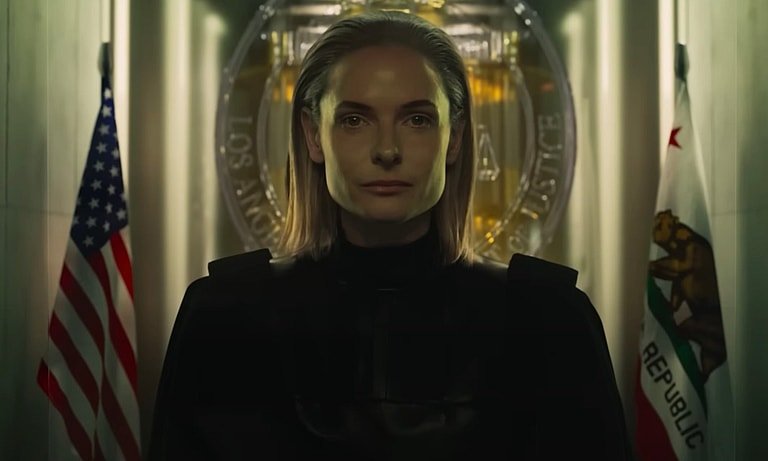Gears of War
/Powerful music is the signature element behind the popular Gears of War trailers. They use music in lieu of dialogue to say what words cannot adequately convey. The trailers effectively use the loaded emotional affect of the music to invite the gamer into the shoes of the protagonist, translating the overwhelming weight of the apocalypse and the despair the protagonist endures despite the increasingly bleak outlook. All four installments of the Gears of War series use uninterrupted music, creating an aural backdrop in the absence of any obvious narrative, leaving the audience to focus on lyrics for context. The Gears of War trailers are surreal, dreamlike sequences to get lost inside, where the music is an integral part of an ultimately incomplete cypher.
The trailer for the first Gears of War game was as memorable as it was ominous, thanks in large part to the foreboding rendition of Tears for Fears’ song “Mad World” by Michael Andrews featuring Gary Jules. The cover is a significant departure in tone from the original, doing away with the unmistakeable synths of 1983 in favour of a lonely piano and vocal arrangement. The trailer begins with gentle piano in stark juxtaposition with the onscreen sequence as the protagonist surveys the aftermath of recent carnage. At 0:06 Gary Jules sings “All around me are familiar faces, worn out places, worn out faces” as the protagonist kneels alone, looking at his reflection in a puddle in a street of decay before turning over a decrepit stone statue of a boy’s face. “No tomorrow, no tomorrow…” echo as the protagonist runs from an unearthly threat, and seconds later at 0:34 Jules sings, “the dreams in which I’m dying are the best I’ve ever had,” prompting the audience’s realization of the relentless struggle that defines life in this apocalypse. The lyrics foreshadow the final shot of the trailer as the survivor escapes from the unsafe streets into an apparently vacant building, only to find he has delivered himself to the monster, “when people run in circles it’s a very very mad world.” Jules repeats “mad world” as the trailer fades to black, leaving the audience hanging on his last words for unsatisfactory closure. A mad world indeed.
The music for the trailer for the second installment of the Gears of War series promises as much hope as the first. The song is appropriately titled “How it Ends” by DeVotchKa. The trailer begins with the protagonist absorbed in thought sitting in solitude under a tree staring longingly at a photograph, leaving the audience to assume that the woman in the photo was someone he loved. The synthesizer plays a 2 note progression that descends stepwise divided in steady eighth notes. At 0:21 the lyrics sing, “they all depend on you” as helicopters appear, leaving the audience to assume that you are their reluctant leader. At 0:27 the lyrics say “you already know how this will end.” The music suggests that the main character believes his fate is inevitable as he climbs into a cockpit to be shuttled deep below the surface towards the fight. These lyrics are repeated until the end of the trailer.
The trailer for Gears of War 3 is accompanied by “Heron Blue”by Sun Kil Moon. Like its predecessors, the trailer uses the instrumental opening of the songs to set the tone, this time with the picked twang of an acoustic guitar as the camera pans across a devastated city turned to ash, littered with bodies of civilians turned to stone. At 0:16 the lyrics sing “Don’t cry my love, don’t cry no more” as the camera zooms on the stone remnants of someone obviously crying before being reduced to rubble. “A city drowning God’s black tears” echoes at 0:36. The trailer fades to black during an instrumental interlude with unsettling dissonance as the protagonist, now joined by his compatriots, face down an impossible host of enemies.
The most recent installment of the Gears of War series marks a return to the trailer world’s penchant for cover songs, this time tackling Simon & Garfunkel’s “Hello Darkness My Old Friend” as covered by Disturbed. The voice of frontman David Draiman eerily sings “Hello darkness my old friend” referring obviously to the dusk of night while simultaneously suggesting the protagonist’s internal struggle. At 0:21 the lyrics sing “because a vision softly creeping.” Here, the music is used to explain the visual elements of the trailer: the audience is privy to reoccurring flashbacks to a peaceful past with the protagonist’s family. The music serves to provide much needed context, thereby mediating otherwise disorienting cinematography. The trailer ends on a terrifying note at 0:46 as the lyrics sing “Within the sound of silence” interrupted halfway through by the screech of an attack.
— Andrew Sproule







